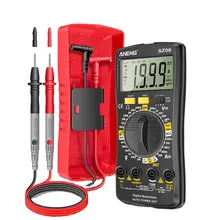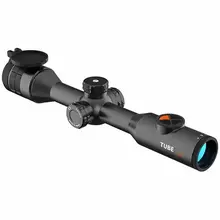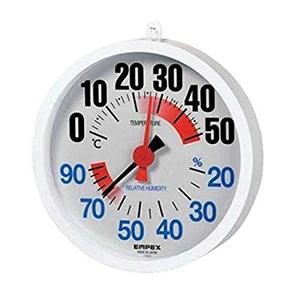Exploring CE Weather Station Capabilities
Discover the expansive capabilities of CE weather stations, designed to cater to diverse measurement requirements. These stations are integral for professionals in meteorology, agriculture, and environmental science, offering precise monitoring of atmospheric conditions.
Types and Applications of CE Weather Stations
CE weather stations come in various forms, each tailored to specific monitoring needs. From simple home-based units to advanced systems for industrial use, these stations provide vital data such as temperature, humidity, wind speed, and barometric pressure. Their applications are vast, ranging from aiding agricultural decision-making to optimizing HVAC systems in commercial buildings.
Features and Materials
The construction of a CE weather station involves robust materials capable of withstanding harsh environmental conditions. Features often include wireless connectivity, data logging capabilities, and compatibility with various sensors to ensure comprehensive environmental monitoring. The integration of a CE weather station manual ensures users can fully utilize these features effectively.
Advantages of Utilizing CE Weather Stations
Employing a CE weather station offers the advantage of obtaining real-time data, which is crucial for timely decision-making in weather-sensitive operations. The precision and reliability of these stations support a wide range of professionals in making informed choices based on accurate environmental readings.
Complementary Tools and Equipment
In addition to core functions, many CE weather stations can be enhanced with complementary tools such as wireless or USB data loggers, which streamline the process of data collection and analysis. These additions are invaluable for researchers and professionals who require detailed environmental data logs.
Choosing the Right CE Weather Station
Selecting the appropriate CE weather station involves considering the specific environmental conditions it will monitor and the level of detail required for the data. With a broad spectrum of options available, users can find a station that aligns with their measurement needs without direct contact with the suppliers.






























 浙公网安备 33010002000092号
浙公网安备 33010002000092号 浙B2-20120091-4
浙B2-20120091-4